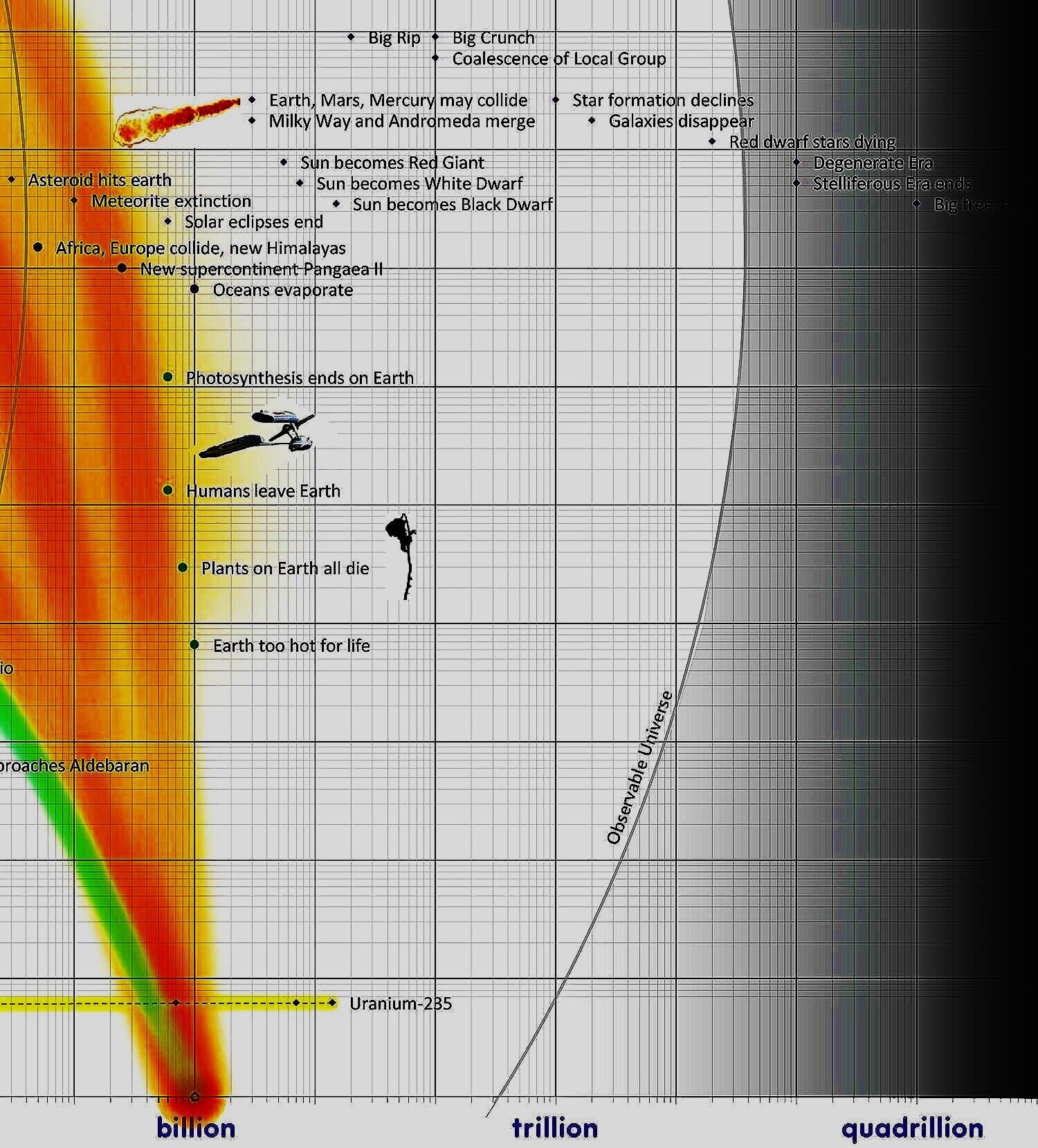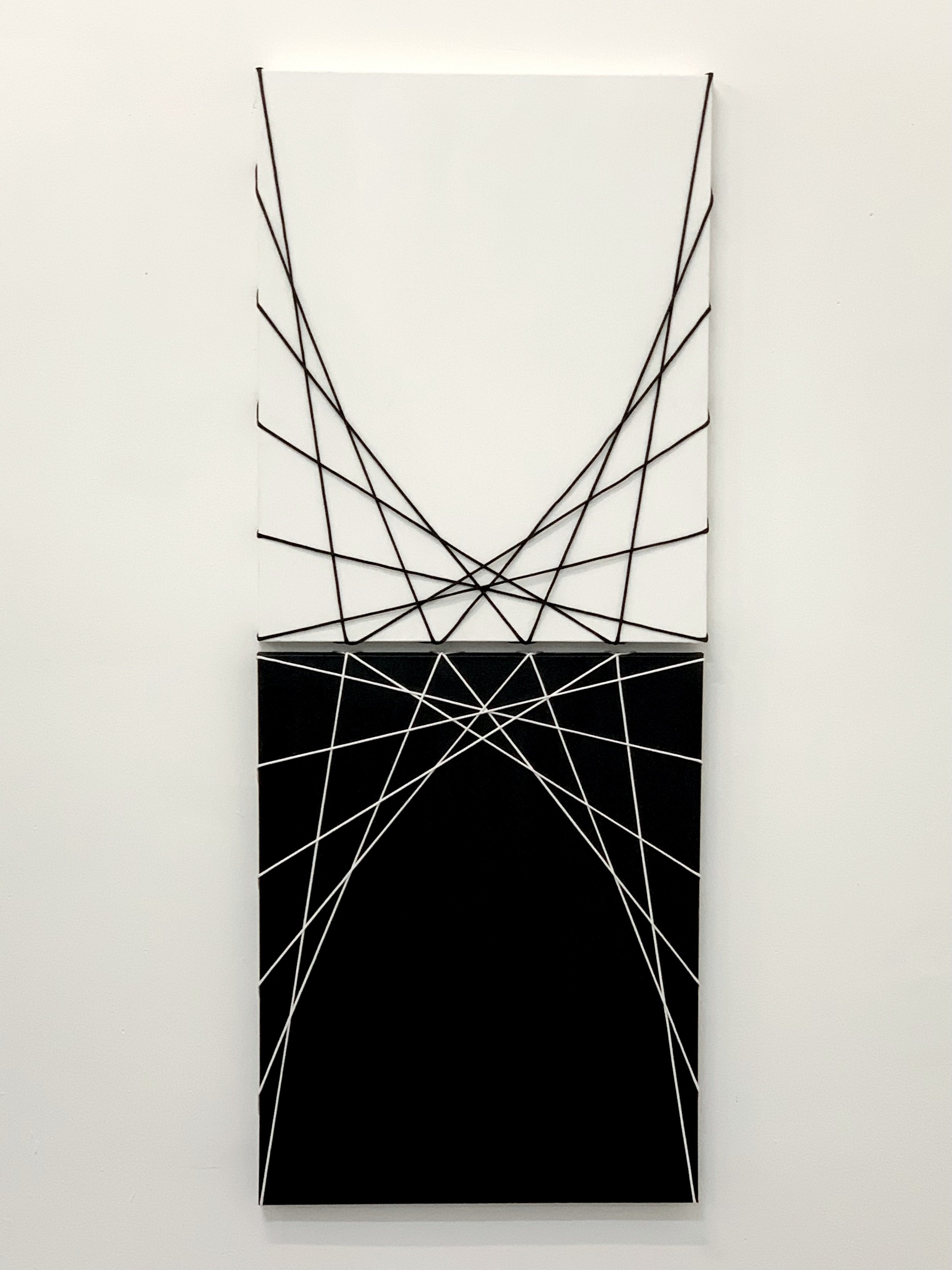Michael Aaron Lee Halves and Holes

By ANNA EHRSAM
Michael Aaron Lee Halves and Holes
Painting Center: February 4 - March 1, 2025
In Michael Lee's work, surface, texture, and structure merge into a complex visual language that defies easy interpretation. Composed of monochrome graphite surfaces, cut paper, and meticulous relief constructions, these works sit at the intersection of fine art and craft. They are both meticulously constructed and conceptually elusive—objects that shimmer like lacquered boxes, dense with pattern, yet resistant to being fully read.
Their forms evoke a history of signifiers: masks, mirrors, picture frames, and emblems of commemoration. But while these traditional objects often serve to reflect identity, frame meaning, or preserve memory, Lee subverts these expectations. The reliefs do not offer a clear reflection; instead, they are opaque, absorbing as much as they reflect, complicating their function as visual conduits.
La Mer/La Coiffure,2024 graphite, gouache, ink, found object, wood, paper 20”x16”x4”
Jacques Derrida, writing on the instability of meaning in language, suggested that:
“There is no meaning outside of context, but no context permits saturation.”
Here, meaning is constructed and deconstructed at once. Like language, these works present a syntax of materials, where pattern and repetition suggest an internal logic, but one that resists definitive understanding. The symmetrical compositions, reminiscent of quilting or craft traditions, lull the viewer into a sense of order, yet within them lies a fragmentation—echoing the cut-up methods of William Burroughs or the Dadaists. These are not traditional collages; rather, they are structured disassemblies, where symbols from vastly different cultural and historical sources coexist in an uneasy harmony.
Everybody’s Talkin’, 2022 graphite on paper and wood construction
The Duality of Light and Structure
A crucial opposition in Lee’s work is between absorption and reflection, solidity and fragility, object and text. The heavy graphite surfaces have a subtle metallic sheen that shifts with light, reinforcing the sense that these works exist between two states—both solid and ephemeral, present and obscured. This duality recalls Derrida’s writing on mirroring and opposites:
“The structure of the sign is determined by the trace or track of that other which is forever absent.”
In this way, the works are archives—not just of material labor, but of meaning deferred, layered, hidden within the meticulous act of cutting, gluing, and composing. The black, shimmering surfaces are at once signs and anti-signs, drawing us in but refusing to offer easy interpretation. Some pieces feature gold or silver accents, which lure the viewer closer, yet rather than revealing an image or scene, they foreground the intensity of the labor itself. The intricate paper cuts, aligned with precision, demand to be read, but like an encrypted text, they withhold their message.
Repetition, Variation, and the Archive
Despite their individual differences, the works share a formal cohesion. The geometric patterns vibrate with an internal rhythm, creating a sense of movement. They are both archival and improvisational, their elements arranged in a grid-like system that recalls textiles, language, and data structures. Yet, unlike a traditional archive that aims for clarity, these works operate in the opposite direction: they obscure, reframe, and recombine, challenging the very idea of a stable historical or visual narrative.
Like Derrida’s concept of différance—the endless deferral of meaning—Michael Lees work invites sustained looking, yet denies resolution. They are beautiful, but not comfortably so. Their precision suggests order, yet they defy classification. They are seductive in their materiality, yet conceptually elusive. They are, in the most profound sense, objects that engage in both construction and deconstruction, asserting a language that is simultaneously ancient and contemporary, personal and collective, crafted yet resistant to craft’s traditional legibility.






